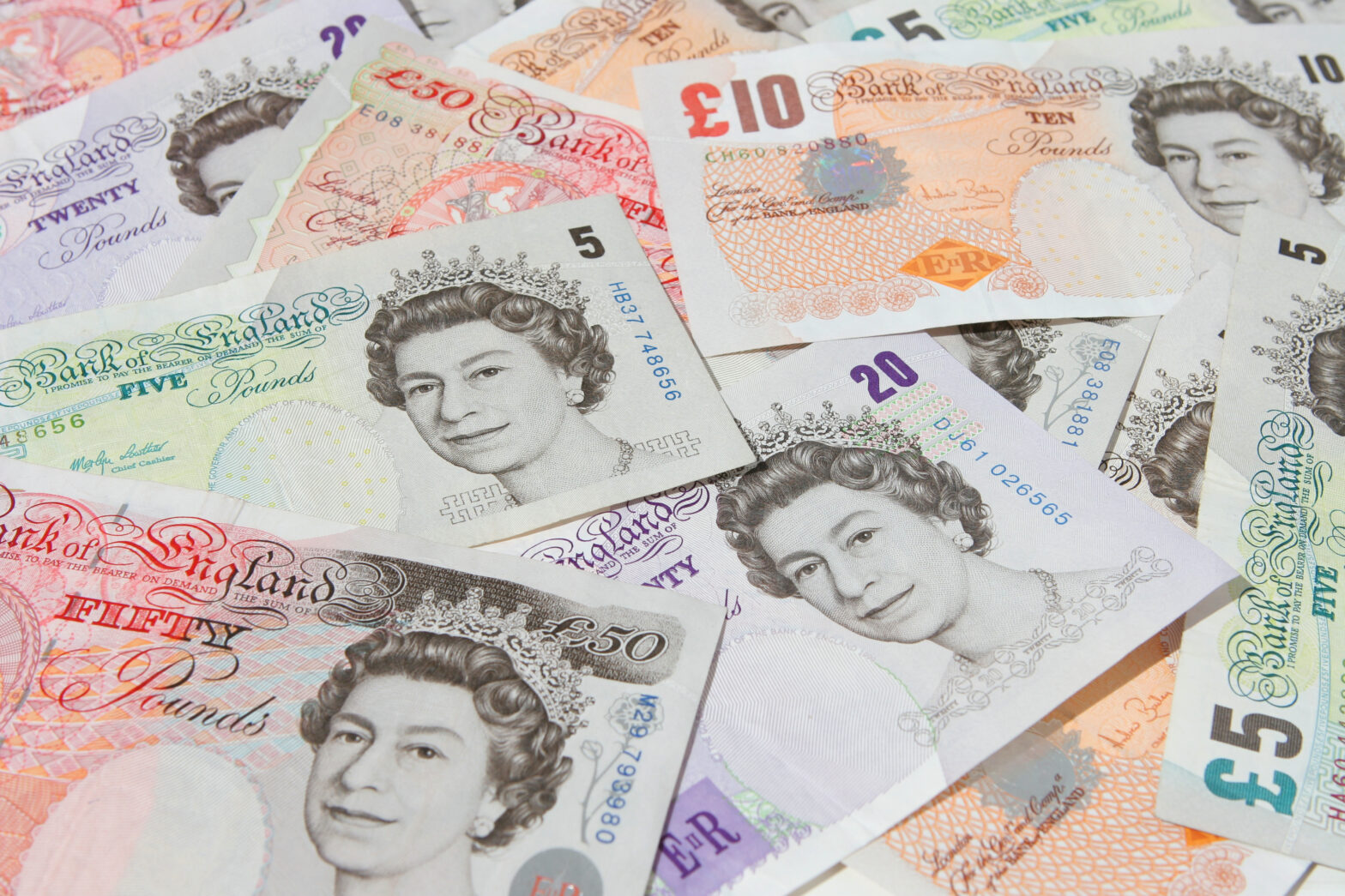For years people have been reading stories about the imminent death of old-fashioned notes and coins and how we’re all going to be spending money via digital wallets and smartphones as hard currency becomes obsolete.
But while pundits claim we will see a cashless society by 2020, in today’s world, cash is still king, particularly in the US where it has remained relatively steady since 2003, ranging from between 14.3% and 15.5% of the gross domestic product.
In fact, small retailers alone are said to transact up to $19 trillion in cash annually. The question is not whether cash still has a place in our lives today, but rather, what role it plays in today’s payments landscape.
>See also: Is the mobile the future of payments?
50 years ago, Barclays opened the first ATM at its Enfield branch in north London. This anniversary was celebrated with enthusiasm. It trended on social media and was reported widely on all major media outlets.
Nostalgia aside, self-serve convenience of this invention has been a key driver of keeping cash at the centre of consumer spending and why it remains the most popular payment mechanism in the United States. But with such a variety of payment methods available in our everyday lives, why is cash still so important?
The answer is that cash isn’t dying, it’s transforming. Technology is not on a warpath to destroy cash, on the contrary, it’s developing more convenient and faster ways for people to spend their money. The world is not moving to a cashless society, people are seeing cash payments and digital payments merge.
Cash payments in the context of digital transactions, brings another, sometimes disenfranchised, customer segment to the payments industry.
Pre-paid cards and vouchers, for example, allow those who don’t have a bank account or a credit card to convert cash into digital currency to pay for goods and services, online and in-store. Customers are able to purchase vouchers for fixed denominations and then redeem these by entering a unique PIN at the merchant check out online.
Other ways of spending money include digital wallets, which allow customers to store cash in a digital format to buy goods and services online or in-store. These methods champion the millions of people who prefer to use cash as opposed to credit.
>See also: The future of payments is contactless
Ultimately, this helps to bridge the gap between those who want to pay with cash and strictly online retailers such as Ocado or asos.com.
Payment options like these are growing rapidly and other hybrid digital cash models are emerging to satisfy this demand. For example, Amazon has recently launched a new cash-based service in the United States, allowing shoppers to operate bank-free accounts that can be topped up with cash at participating retailers – again opening the door to a vast market of those who prefer cash transactions.
The new cash for merchants
What does this mean for business? From a retailer’s standpoint, there is a shift in financial consumption habits from traditional formats to new, digitally-enabled platforms and mechanisms.
This ecosystem is creating entirely new business models and transforming user expectations and behaviour. Part of this new world isn’t getting rid of cash, but rather acknowledging its evolution.
There are compelling reasons why digital wallets and pre-paid cards are destined for a bigger role in the payments industry. The ‘new cash’ still has some way to go in terms of a 100% ‘frictionless’ customer experience, however there are developments in this space.
>See also: Mobile payments and loyalty programs will lead to a cashless economy
The gold standard of digital wallets is when all the data needed for transactions is stored in one place, or in one strip of numbers, and buyers and sellers benefit from an increasingly frictionless buying experience.
The UK is set to make 120 million payments a day by 2024, and by offering methods such as pre-paid cards and vouchers, retailers can tap into a customer desire for seamless transactions.
Customers no longer need to go through the tedious process of entering personal details, and because the user experience is streamlined, there is high potential for a translation to increased conversion rates.
Ease of payment isn’t the only barrier to overcome. Security is also a customer consideration. For merchants of all types, pre-paid cards, vouchers and digital wallets can lower fraud loss.
In the case of pre-paid cards and vouchers, these aren’t necessarily linked to a bank account and digital wallets are heavily encrypted and armed with multi-factor authentication processes.
>See also: Selfie-pay: the new form of payment authorisation?
Offering a secure variety of payment methods can enhance the customer experience. Payment may be the last stage in the shopping process, but it’s the most critical to get right. For merchants, establishing a frictionless user experience is a golden opportunity to differentiate oneself from the competition.
Cash still has a place in today’s payments landscape because customers value it as a method to complete a transaction. To echo the Chief Cashier at The Bank of England, the cash industry must continue to innovate and evolve.
Cash’s longevity continues because it moves with the times, inhabiting both digital and physical states.
Sourced by Oscar Nieboer, CMO, Paysafe









